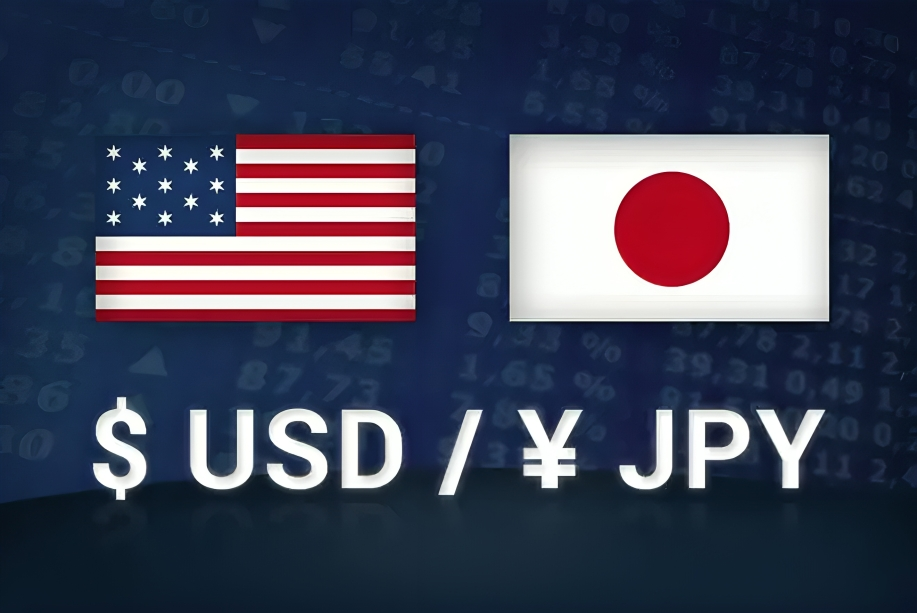EUR/USD trades below 1.0500 in the Asian session on Monday as the US Dollar Index bounces back from its monthly low. The technical perspective for the pair is bullish, with resistance levels at 1.0500-1.0510 and 1.0540, while key support lies at 1.0440 and further down at 1.0400. Market sentiment is still driven by geopolitics, such as US President Trump’s comments regarding trade tariffs with China and the EU, which might affect the Euro’s strength. Also, market movements are going to be dictated by PMI data from Germany, the Eurozone, and the US, and stronger prints may support the Euro, while weak prints may put pressure on the US Dollar.
KEY LOOKOUTS
• Major resistance for EUR/USD lies around 1.0500-1.0510 (Fibonacci 78.6%) and 1.0540. Key support to watch out for is at 1.0440 (Fibonacci 61.8%) and 1.0400 (Fibonacci 50%). A breach above or below these resistance and support levels will set the course for the next move.
• The rebound in the US Dollar Index from lows of 107.22 might cap the EUR/USD rally. Further movements in USD strength should be monitored to determine its short-term market impact.
• Comments by US President Trump on tariffs imposed on China and the EU will continue to remain a major risk. Any hints of increased trade tension may push down the Euro and change the trend in EUR/USD.
• Preliminary PMI data from Germany, the Eurozone, and the US this week will play a crucial role. Better than expected prints can be supportive for the Euro while weak US PMI data might attract renewed selling pressure on the US Dollar.
EUR/USD remains under pressure below 1.0500 as the US Dollar Index starts to recover off its worst monthly low ever, further cementing a cautious market tone. With some bullish bias, resistances lie at 1.0500-1.0510 and 1.0540, but its critical supports are located at 1.0440 and 1.0400. Uncertainty stemming from US President Trump’s statements regarding tariffs and trade with the EU and China clouds the Euro, affecting its strength. Meanwhile, the market is also looking forward to the preliminary PMI data from Germany, Eurozone, and US, which will guide EUR/USD. Higher Eurozone PMIs will support this pair, whereas disappointing US PMI data can weigh on the US Dollar.
EUR/USD struggles below 1.0500 as the US Dollar Index recovers from monthly lows. Key resistance lies at 1.0500-1.0510, while support is at 1.0440. Upcoming PMI data from Germany, the Eurozone, and the US will likely shape the pair’s next move.
• The US Dollar Index rebounds from monthly lows, pressuring EUR/USD below 1.0500.
• Key resistance zones are at 1.0500-1.0510 (Fibonacci 78.6%) and 1.0540.
• Key support is at 1.0440 (Fibonacci 61.8%) and 1.0400 (Fibonacci 50%).
• US President Trump’s remarks on trade tariffs with the EU and China are also creating uncertainty in the market and affecting the Euro’s strength.
• The technical view is biased bullish, allowing for further appreciation of EUR/USD before the pair reaches overbought.
• Preliminary PMI data from Germany, the Eurozone, and the US may impact EUR/USD, with positive Eurozone PMI data lifting the pair.
• Geopolitical news and economic statistics are likely to be the focus of near-term price action in EUR/USD.
EUR/USD is still under pressure, trading below 1.0500 during the Asian session as the US Dollar Index recovers from its monthly low near 107.22. The technical outlook for the pair is bullish, with the Relative Strength Index (RSI) on the 4-hour chart approaching overbought territory. Key resistance to monitor will be 1.0500-1.0510, which aligns with the Fibonacci 78.6% retracement level, and 1.0540. Support wise, the hourly key levels include 1.0440 (Fibonacci 61.8% level) and 1.0400 (Fibonacci 50% retracement), and a continuation of the break here will weaken the bullish trend.
EUR/USD Daily Chart

TradingView Prepared by ELLYANA
Geopolitical tensions add to the uncertainty, as US President Trump’s comments on tariff trade kept the market edgy. Any further trade tensions with the EU or China will pressure the Euro, and any economic data coming out in the near term will be closely watched for direction. Preliminary PMI reports from Germany, the Eurozone, and the US are expected to play a significant role, with better-than-expected Eurozone data potentially supporting EUR/USD, and weaker US PMI figures possibly weighing on the US Dollar. As the market moves through these factors, technical and fundamental drivers are closely watched for the pair’s next move.
TECHNICAL ANALYSIS
EUR/USD is still presented with a bullish bias as it trades below 1.0500. The Relative Strength Index on the 4-hour chart has reached the overbought levels and is likely to go up some more before correcting. Immediate resistance is observed at 1.0500-1.0510, corresponding to the Fibonacci 78.6% retracement of the recent uptrend, with higher targets at 1.0540 and 1.0600. Support on the downside would come at a break below the critical support at 1.0440, corresponding to the Fibonacci 61.8% retracement and the 50-day SMA, followed by subsequent supports at 1.0400 and 1.0350. These will decide the direction for the next move in the pair.
FORECAST
EUR/USD remains bullish as it stabilizes near major resistance. A clean breakout above 1.0500-1.0510, supported by the Fibonacci 78.6% level, could make way for further strength. Should the pair maintain the impetus, subsequent targets would be at 1.0540 and then 1.0600, the start of the previous downtrend. The technical indicators do suggest some room on the upside before a possible correction, and those are such as the RSI getting close to overbought territory on the 4-hour chart. Even on the economic front, positive news in the form of stronger-than-expected PMI figures in the Eurozone will add more steam to the pair’s upward journey.
On the flip side, a failure to stay above the critical support at 1.0440, which coincides with the Fibonacci 61.8% retracement and the 50-day SMA, could result in a bearish reversal. Further retreat could bring the pair to the next important supports at 1.0400 (Fibonacci 50%) and 1.0350 (Fibonacci 38.2%). Escalating uncertainty from geopolitical tensions or weaker Eurozone data may pressure the Euro and enhance selling momentum. In such a situation, the confidence of traders might be lost and thus lead to increased downside risk for EUR/USD.






